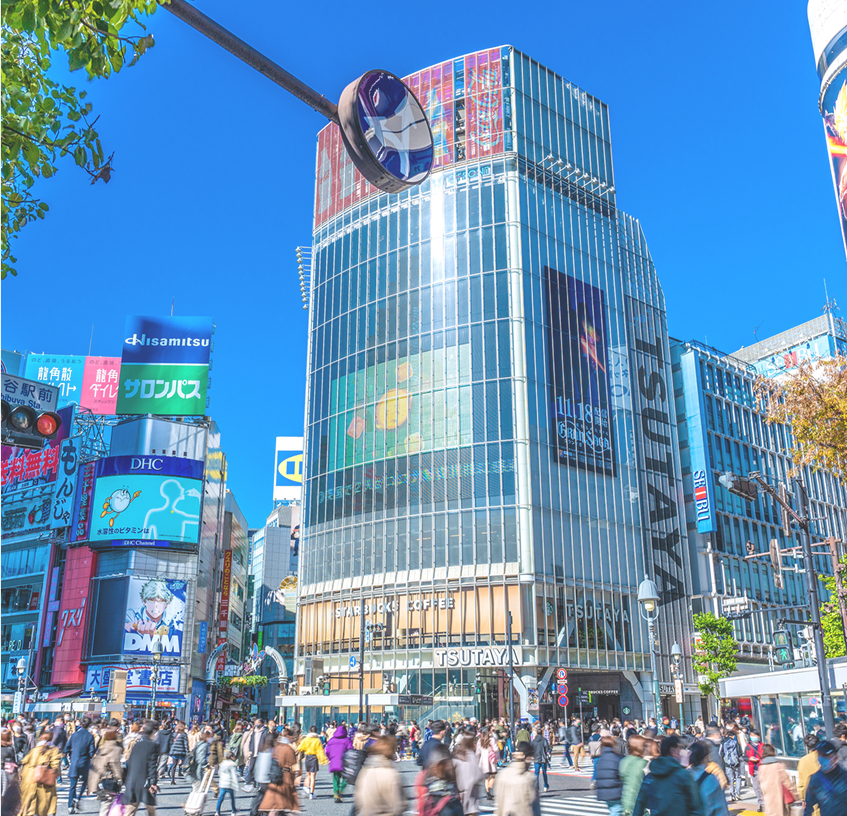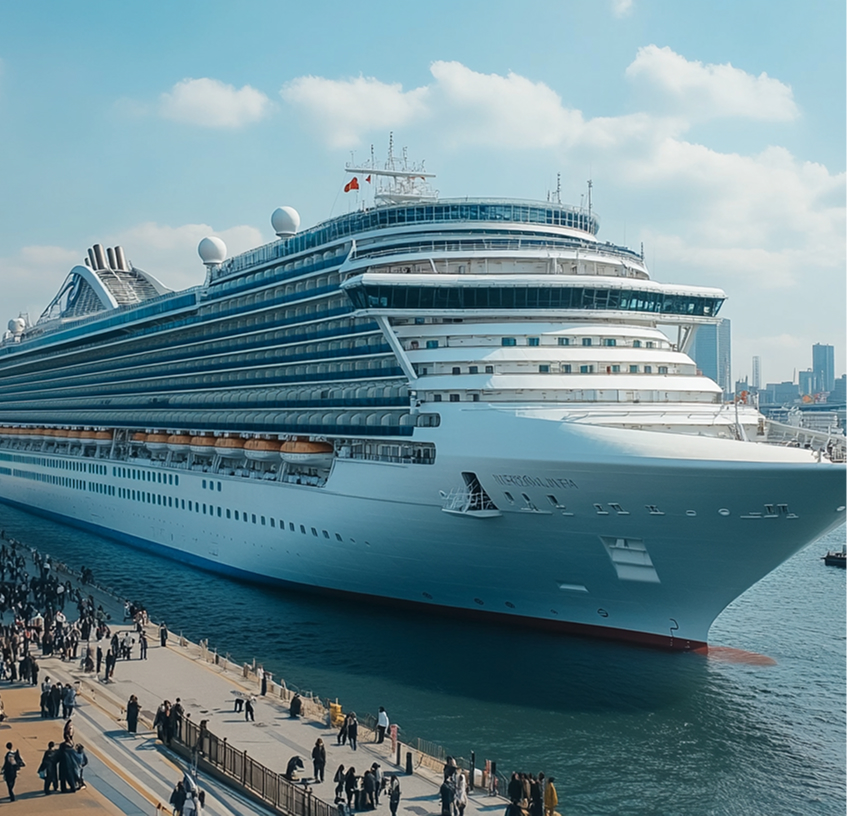International and Domestic Cruise Market Trends
In order to grasp the trends of the domestic and international cruise market in detail, we collect information from various media such as published materials from each shipping company, materials from CLIA (Cruise Lines International Association), and cruise magazines, and compile cruise market trends. In addition, we collect and organize information from magazines about the ordering trends of new ships. Furthermore, we collect information about overseas ports from published materials of each port and port organizations for each sea area, and organize market trends such as port initiatives. This makes it possible to comprehensively compile market trends regarding the development of current and future cruise ports. Our services provide market trend analysis based on reliable information and support the attraction of cruise ships.
Lectures on the cruise market and industry trends
In accepting cruise ships, various stakeholders are involved, including not only government officials and port officials, but also transportation operators, chambers of commerce, tourism operators, and others. In particular, government officials are often replaced every few years, so new cruise officials need to learn about "cruises" from scratch. Furthermore, in an international cruise network consisting of multiple ports, the influence of overseas cruise markets extends to the port itself, so it is important to understand the trends in the international cruise market.
Our company holds seminars at the Cruise Acceptance Council and other organizations to introduce cruise-related knowledge, technology, market trends, and more. Through these seminars, we support all stakeholders in obtaining the latest information and building an effective cruise ship acceptance system.
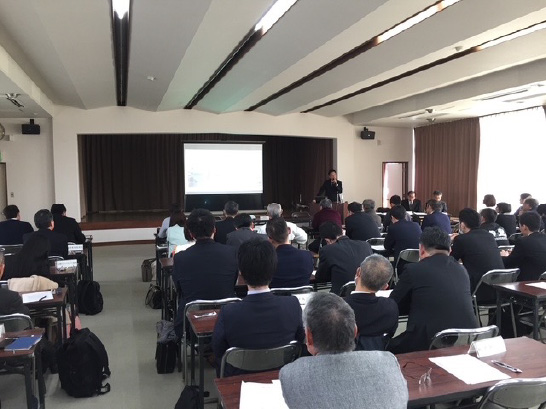
Measuring ship movement networks using AIS data
Cruise itineraries are made up of a domestic and international network of departure and arrival ports and multiple ports of call. In order to understand each shipping company's ship allocation and port calling strategy, it is important to analyze the entire itinerary, not just the port. We use AIS data to analyze cruise ship movements on a network basis, allowing us to get a bird's-eye view of the market. This allows us to understand cruise ship allocation and port calling strategies in detail, and provide information to take effective countermeasures.
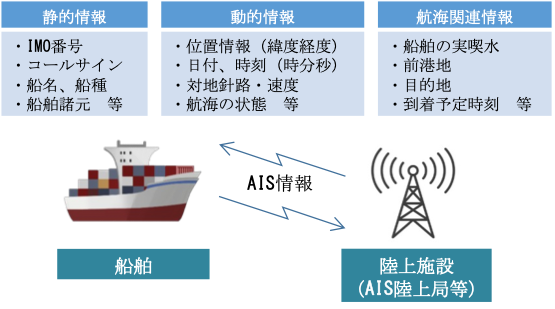
Analysis of strategies of cruise lines, travel agencies, etc.
In order to understand the strategies of cruise ship companies and travel agencies targeted by port sales, it is essential not only to carefully read the published materials of each company, but also to actually visit and interview them individually. Information obtained through direct dialogue is more accurate and helps to understand specific strategies. Our company has established a system to effectively conduct such interview surveys by utilizing our extensive network with cruise-related people both in Japan and overseas. Specifically, we provide comprehensive support, from creating questionnaires and formulating hypotheses to conducting the interviews on the day.
Developing port sales strategies to cruise lines
To effectively carry out port sales, it is necessary to evaluate the current state of port facilities, the state of secondary traffic, the potential of tourism resources, and the location of surrounding ports. In addition, the performance of shipping companies and ships that have called at the port in the past is also taken into consideration. Based on this data, the shipping companies and ships targeted in port sales, as well as the nationality, age, and preferences of passengers, are set. Once the target is clear, the next step is to select the necessary PR media for port sales and create materials (PowerPoint, videos, etc.) tailored to each medium. This allows for an effective approach to the target, leading to successful port sales.
Visiting cruise line offices and hosting events overseas
There are two ways to go overseas and do direct port sales to shipping companies: visiting the shipping company's office or holding an event overseas. The former method involves selecting a key person at the target shipping company, making an appointment, and actually visiting the overseas shipping company's office to give a presentation. While it allows for face-to-face conversations, it takes time and money as you have to visit each company individually. On the other hand, the latter method allows you to invite multiple shipping companies at once by holding the event overseas.
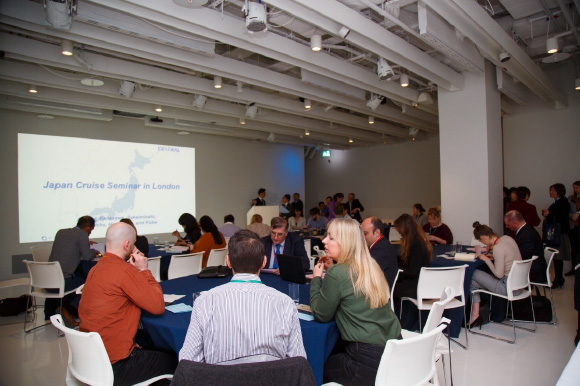
Holding domestic FAM tours (inviting executives)
It is possible to attract cruise ships by inviting executives of overseas cruise ship companies to your port to check and confirm port facilities, as well as introducing tourist destinations, expeditionary tourism, commercial facilities, etc. We support port sales by first requesting overseas ship companies to participate in FAM tours, mainly through Shore Excursions & Port Operations staff, and then cooperating with travel agencies to arrange air tickets, accommodations, and transportation.
Needs of cruise passengers using comments on social media
In order to understand cruise passengers' evaluations of each port, it is effective to collect and analyze information such as social media comments and tourist site ratings. Detailed analysis is possible by scraping this data in multiple languages and using AI-based natural language processing technology. For example, by analyzing the number of social media comments, the number of co-occurrences, and adjectives used in relation to proper nouns, the tourist needs of cruise passengers can be clarified. In addition, by using tourist site ratings, the difference between high and low evaluation comments can be analyzed to understand the attractions and problems of tourist destinations. This makes it possible to consider specific improvement measures.

(Reference) Business results
- Examine methods to grasp the amount of spending by cruise passengers by destination (National Institute for Land and Infrastructure Management, Ministry of Land, Infrastructure, Transport and Tourism)
- Economic impact of cruise ship in Japan (National Institute for Land and Infrastructure Management)
- Survey trends in the cruise market at Hakata Port (Fukuoka City Port and Harbor Bureau, Fukuoka Prefecture)
- Promotion of Japan Sea Rim Cruises (Japan Sea Rim Cruise Promotion Council)
- Holding of London Cruise Seminars (Aomori Prefecture, Prefectural Land Development Department)
- Promotion of cruise ship attraction (Shikoku Regional Transport Bureau)
- Survey work on economic ripple effects (Chubu Regional Municipal Affairs Association) and many others
